If you thought that cannabis was the only source of cannabinoids, your whole world is about to be blown apart. There are many other plants that contain cannabinoid-like substances, if not cannabinoids themselves. Some of these plants are regular household spices. By the time you’ve finished reading this article, you’ll be pairing up cannabis with some of its brothers and sisters!
What makes cannabis such a remarkable plant is that a single specimen can contain such a variety of different cannabinoids. These are the compounds that are pretty much the “active ingredients”. THC, which is probably the most famous cannabinoid, is the one responsible for getting you high, but it’s not the only one. In fact, without these cannabinoids, cannabis just wouldn’t be… cannabis!
Interestingly, however, cannabinoids are not exclusive to cannabis. There are plants all around the world that also contain these intelligent compounds. Most of these plants therefore also contain medicinal properties.
By the way, that doesn’t mean that these plants will get you high. THC is, after all, a gift that the natural universe gave to weed and weed only. But these plants do excite the endocannabinoid system in ways that cannabis perhaps doesn’t.
As we’re going to discover today, weed is not the only plant that contains cannabinoids and their healing properties. There are quite a number of them – and they are more common than you might think!
1. Cacao
Let’s start where everybody wants to start: right in the box of chocolates. There is a reason that cacao-containing foods are considered mood-lifting and celebratory foods. You probably guessed it: that reason is cannabinoids.
More specifically, the cannabinoid present in cacao is anandamide. It is a cannabinoid that is endogenous to the human body. And actually, THC mimics the behaviour of this naturally produced cannabinoid. But cacao contains the real deal.
Anandamide is named after the Sanskrit word for “bliss”, and it fits in the CB1 receptor like a glove. It elevates the mood and plays a role in a number of other brain functions such as appetite. It is also the cannabinoid responsible for memory and forgetting.
Everybody knows the pleasant sensation that comes with eating a piece of chocolate. Well, it might not just be the high of satisfying that sugar craving. It probably has something to do with cannabinoids, too!
2. Echinacea
You might have seen Echinacea written on different vitamin pill bottles in a drugstore. It is a natural remedy for the symptoms associated with coughs and colds. Those with arthritis or migraines also sometimes use it for its anti-inflammatory properties.
While Echinacea does not contain cannabinoids, it is loaded with cannabimimetics called N-alkyl amides (NAAs). These compounds interact with the CB2 receptor to instigate immune responses. NAAs interact with the immune system to regulate inflammatory responses. This is exactly why Echinacea is used to treat the common cold (although this is not widely supported by scientific research).
3. Black pepper
Yes – that delicious spherical spice that you put all over your food also contains cannabinoids! Well, not exactly. Black pepper (along with rosemary for that matter) contains a compound called beta-caryophyllene (BCP). BCP acts much like a cannabinoid does in the human body.
There is also a terpene present in black pepper that we also find in cannabis called guineesine. It is responsible for that peppery smell that can also sometimes be picked up from rosemary, and even sometimes in cannabis. This terpene has been tested for its potential anti-inflammatory purposes. Drop a few peppercorns in your tea for anti-inflammatory effects if there’s no buds lying around!
Interestingly, a certain terpene in black pepper can counteract the anxiety-like effects of THC if you’ve smoked too much! That terpene is called pinene, and it can also be found in certain strains of cannabis.
4. Black truffles

Just like cacao, black truffles also contain anandamide, which is absorbed into the human body when truffles are consumed. It seems like the most delicious foods are the anandamide containing ones, right?
This 150-million-year-old plant is as medicinal as it is delicious. The stimulation of the CB1 receptor lifts the mood, regulates pain sensation and helps you forget about your woes. Perhaps cannabis should be consumed in conjunction with black truffles and chocolate… You know, to amplify those medicinal effects.
5. Chinese Rhododendron
It’s kind of baffling that the Chinese Rhododendron isn’t better known among herbalists and medical practitioners alike. It can be considered one of the most powerful antimicrobial plants on the planet. The essential oil of this plant can be used to treat infections and even to fight cancer.
It isn’t exactly a cannabinoid that has been extracted from the Chinese Rhododendron. Rather, compounds have been isolated that look and behave very much like cannabinoids. Scientists have observed anthopogocyclolic acid, anthopogochromenic acid (yes, they have ridiculously long names) and 5 related compounds that are synthetic analogues of the cannabinoids CBC, CBL and CBT.
6. Helichrysum Umbraculigerum
Saying the name of this plant is just as difficult as spelling it out. This beautiful flower hails from South Africa and is sometimes used as an entheogen. Aside from containing cannabigerol (CBG), it might also have psychotropic effects on the user.
CBG is not one of the well-known cannabinoids. However, it is also one of the more prevalent in cannabis. It regulates immune response, perhaps inhibiting inflammation. It is also neuroprotective, and potentially a cancer fighting agent.
7. Electric Daisy
Most people know the Electric Daisy, or Acmella oleracea, as the “toothache plant”. It is commonly found in analgesic topical gels. And as you might have guessed, it blocks pain receptors, thereby minimizing pain sensations.
Although there are no cannabinoids present in this flower, it is jam packed with N-isobutylamides. These chemicals look and behave a lot like cannabinoids, especially in the fact that they stimulate the CB2 receptor. This is how they have analgesic effects on the user.
8. Kava
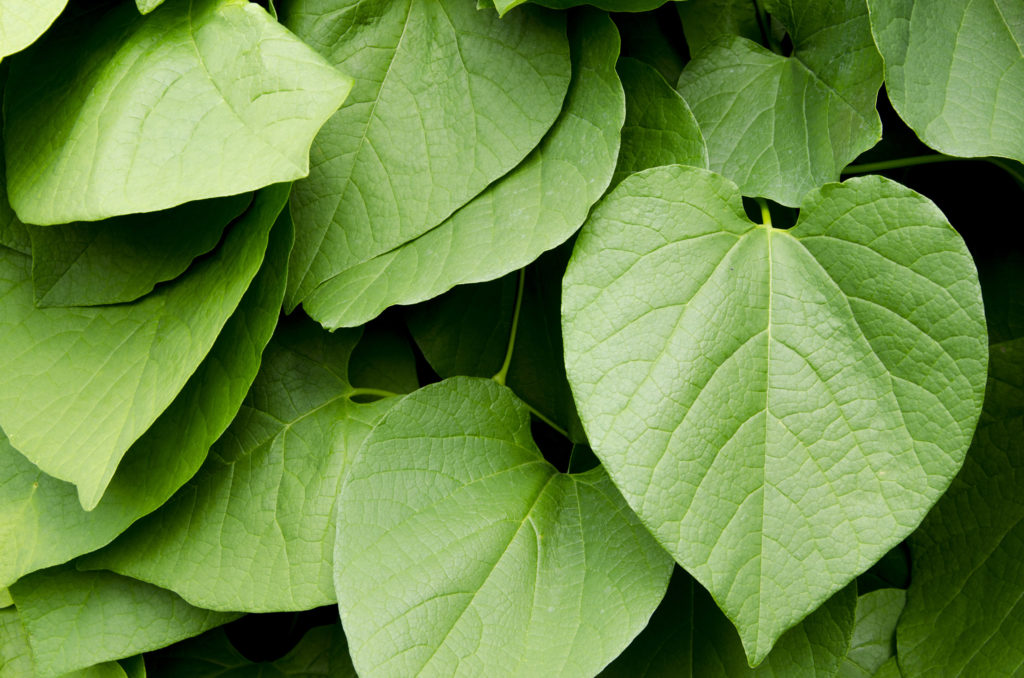
If you’ve ever been on a holiday to the pacific islands (Vanuatu especially), then you might have come across this foul-tasting concoction. It is the local drink in Vanuatu, but we probably wouldn’t recommend consuming it as though it were a beer. This drink is psychedelic and has a numbing effect all over the body. This is probably why it is consumed medicinally as a pain-killer or to ease anxiety.
Chemicals in the Kava plant interact with the CB1 receptor much the same way that cannabis does. Beyond that, these chemicals also address parts of the brain that deal with addictions – the same parts of the brain that cannabis can touch on. Therefore, it is sometimes used to help addicts deal with opioid withdrawal symptoms, just like cannabis or kratom can. But, humans being humans – it’s mostly consumed by locals for the sheer pleasure and delight.
9. Hops
Last, but definitely not least is hops! This is the plant that is added to your beer after it’s finished distilling to give it that hoppy taste! It is thought that cannabis and hops have the same ancestor, millions and millions of years ago.
Some companies are claiming to be able to extract CBD from hops, although there’s a little bit of scepticism and controversy there. While they are both plants from the cannabinaceae family, hops isn’t known to have any substantial amount of cannabinoids as its chemical makeup.
In any case, drinking beer definitely won’t get you high the same way that cannabis does. But for good measure, always remember that hops comes from the same family of plants that cannabis does! And if you’re one of the many among us who love the high of mixing both, luckily there is such a thing as weed-infused beer!
There are so many plants out there that contain cannabinoids – or at least, compounds eerily similar to cannabinoids! But weed is ridiculously abundant in these compounds, which is why it is such a powerful healing mechanism. Enjoy thinking about cannabinoids every time you eat black pepper or take an Echinacea vitamin!





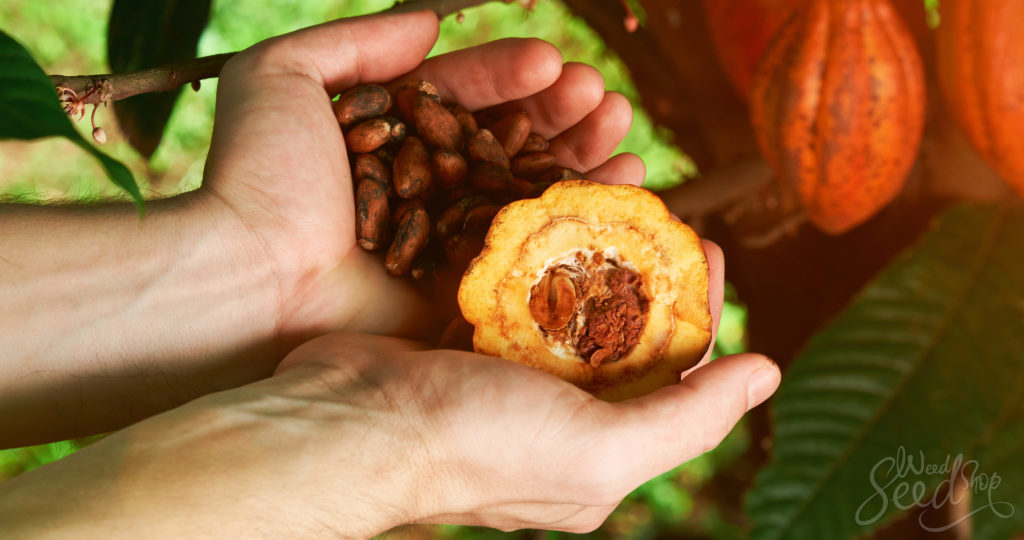


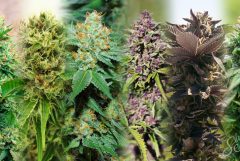
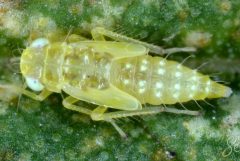
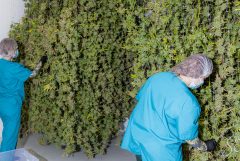

Hey Sera, You should give Ole Joe a buzz if you,’re ever close to his area. He might would bring you on his Podcast and let you share some of your adventures about your trips around the world. You know he moved from LA, to somewhere close to Houston, TX., and is doing his Podcast there now. I think he was tired of all the congestion in California. But anyhow that would be a great chance for you to burn one with him, and add that to completed things on your bucket list. Good luck with your “Gypsy Travels”.